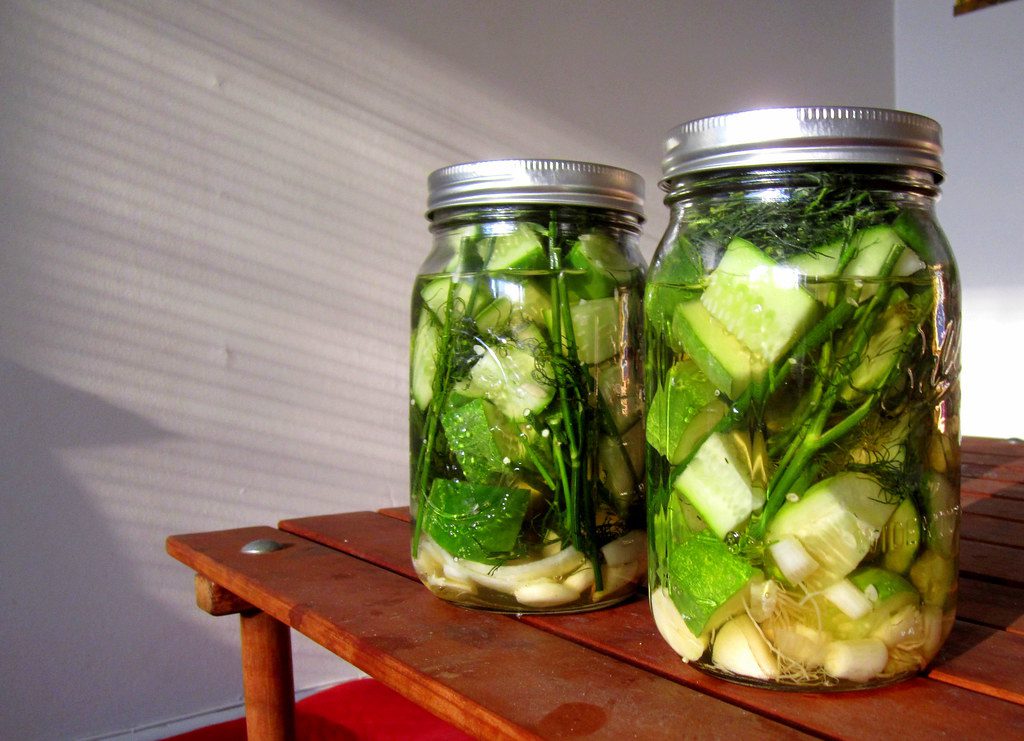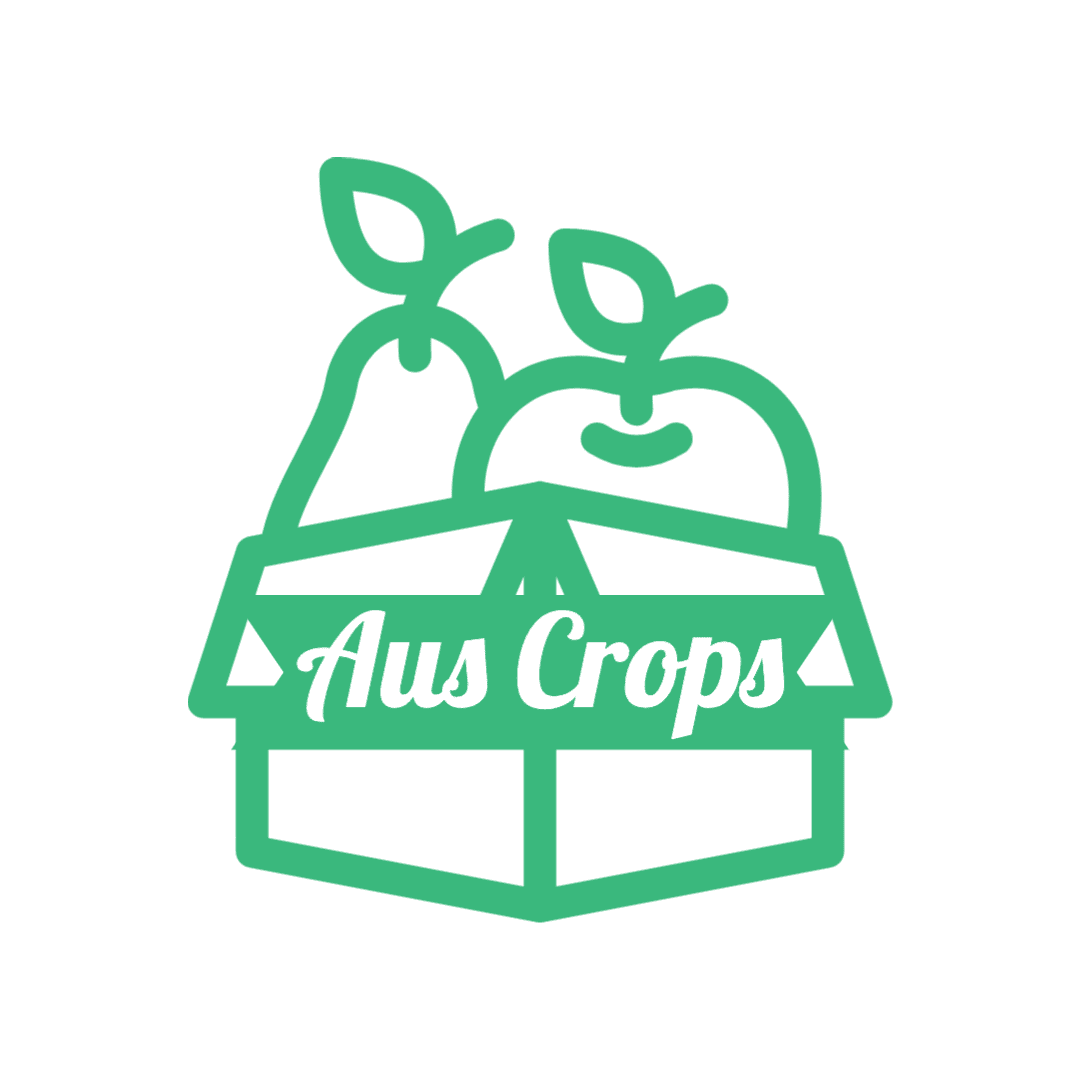
Firstly, introducing Auscrops, a wonderful market vending company bridging farmers and customers together through market vendors. Click here to find out more about How to do Pickling as well fruit and vegetable offers.
How to do Pickling
Pickling is an art form that has been around for centuries, it is the process of preserving food, including fruits and vegetables, through the use of an acid. This method has gained popularity recently, and it’s easy to see why – pickling is an excellent way to preserve seasonal fruits and vegetables for a longer period. Additionally, it adds a zesty tang and an extra depth of flavor to your dishes. So, if you are looking for a new way to enjoy fresh produce or searching for a unique way to preserve the harvest, look no further!
What is Pickling?
The process of soaking fruits or vegetables in a liquid made of vinegar, salt, and water. This mixture will preserve the food while also giving it a unique taste. The process also creates a crisp texture. can use to preserve everything from cucumbers, carrots, and beetroots, to less common vegetables like okra or asparagus.
What are the Steps to Pickling?
The steps involved in your favorite produce are relatively simple:
- Select your fruits and vegetables: Choose fresh produce from a reputable source.
- Sterilize your jars: Take several jars, sterilize, and air dry. Boil them in hot water for at least fifteen minutes.
- Make your brine: Combine water, vinegar, salt, and herbs in a saucepan, bring to a boil, and simmer for a few minutes.
- Pack the jars: Cut produce into slices or wedges, fill each jar, leaving two inches at the top.
- Add the Brine and Spices: Pour the brine into the jars covering the fruit or vegetables and add spices like dill, peppercorns, or garlic.
- Seal the jars: Put the lid on tightly and store in the fridge.
What are Some Essential Tips for Pickling?
To make the perfect homemade pickle, here are some tips to remember:
- Quality of Vegetables: Always choose fresh produce for pickling to ensure a crisp texture and proper preservation.
- Proper Sterilization: Ensure all jars are sterilized.
- Correct Ratio of Brine: Use the correct ratio of vinegar to water and salt; it should be approximately one part vinegar to two parts water; however, you can always adjust to your liking.
- Experiment with Flavors: Pickling spice combinations include garlic, dill, mustard seeds, coriander, and cinnamon sticks. Experiment with different spice combinations to find your favorite flavor!
- Wait a While: Allow jars to sit overnight or longer in the refrigerator for maximum flavor.
What are the Benefits of Pickling?
Pickling has numerous benefits, including:
- Healthier Eating: Pickling allows you to eat veggies longer after the harvest time, making you eat along with the season.
- Unique Flavor: The pickling process imparts a unique flavor to your produce that enhances the taste sensation.
- Cost-effective: Pickling can save you money when buying per season produce.
- A Great Condiment: Pickled vegetables are a fantastic addition to sandwiches, salads, and charcuterie boards.
Conclusion:
In conclusion, there are several benefits to pickling fruits and vegetables at home. Furthermore, it’s an easy and cost-effective way to enjoy seasonal produce all year round and introduce new flavors to your diet. Plus, it’s a fun and creative hobby that all expertise levels can enjoy.
Lastly, Click here to read similar articles.
 Français
Français 











